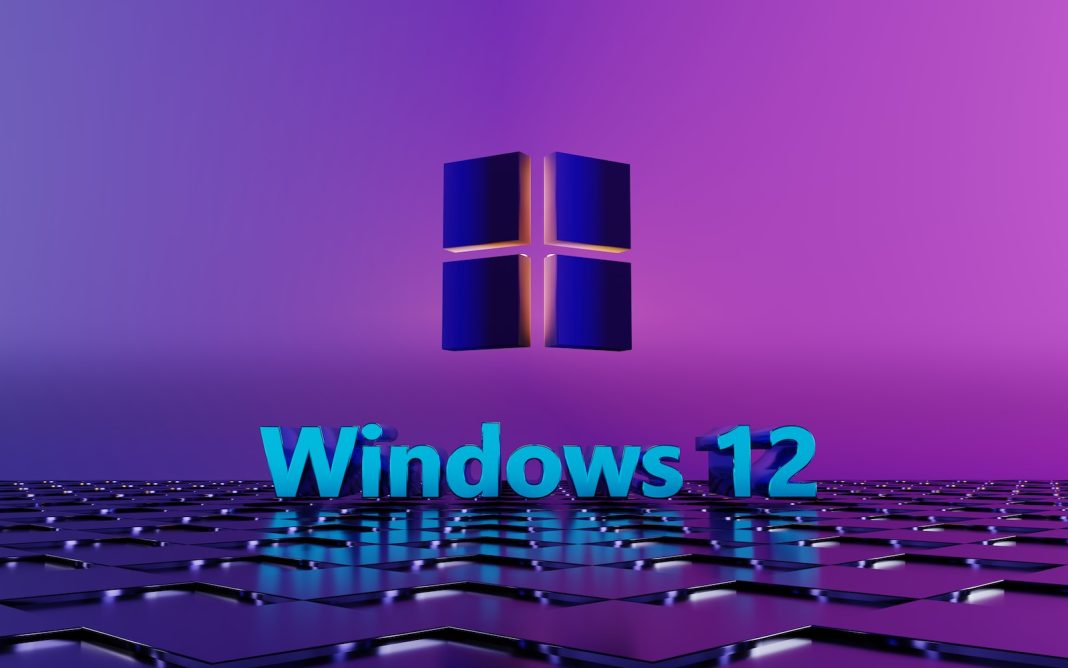Rumours are swirling about the potential development of Windows 12 at Microsoft, with a leak from Intel hinting at the tech giant’s ambitions for the next major release. Although Windows 11 is still relatively new, whispers suggest that Windows 12 could make its debut as early as 2024. While Microsoft has not officially confirmed these speculations, it’s never too early to ponder what improvements and features might be on the horizon.
One key aspect that users are hoping for is a more assertive release strategy from Microsoft. Windows 11 had a gradual rollout, requiring users to manually install the update or wait for it to be pushed through Windows Update. For Windows 12, users are clamouring for a more confident approach, envisioning a simultaneous release to all users. Microsoft’s shift to a service model for Windows, delivering updates through Windows Update, makes this desire understandable. Despite the likelihood of an insider testing program, users are yearning for a clearer timeline for the OS upgrade.
As of now, Microsoft has not disclosed any details about the release date for Windows 12. Reports from sources, including Zac Bowden at Windows Central, suggest a potential three-year cadence for major Windows updates, indicating a fall 2024 release. However, this remains speculative until Microsoft makes an official announcement. Notably, it’s expected that Windows 12 won’t coincide with upcoming hardware launches, such as the Surface Laptop Studio 2 and Surface Pro 10.
Another crucial consideration for Windows 12 is broad compatibility. Windows 11 faced criticism for imposing strict hardware requirements, notably the need for a Trusted Platform Module (TPM). While Microsoft aimed to enhance security, users hope that Windows 12 maintains a similar security system but with fewer restrictions on installation. The previous annoyance of watermarks appearing on unsupported systems needs addressing, particularly for custom-built PCs.
A free upgrade path from Windows 11 to Windows 12 is anticipated. Microsoft has offered free upgrades for users with licensed versions of Windows 10, fostering a continuous user base and enabling the company to gather valuable data for monetization. Given this trend, users hope that Microsoft will continue this practice for Windows 12, making the transition seamless for existing Windows 11 users.
Microsoft’s significant investment in OpenAI has already yielded AI-powered features in various services. Looking ahead to Windows 12, users express a desire for AI integration across the entire operating system. While Windows 11 has already introduced AI in areas like voice typing and background enhancements in Teams, users are envisioning a more extensive use of AI in productivity features, notifications, and Widgets. Leveraging AI to provide personalized and relevant information based on usage patterns is a key expectation.
Customization has been a recurring theme in user feedback, especially following the facelift that Windows 11 brought. While the updated design was appreciated, users felt a loss of the deep customization options that Windows is known for. In Windows 12, users are hoping for more extensive customization features, including the ability to move the taskbar to different sides of the screen, varied Start menu styles, and the option to disable features like widgets. Integrating these customization tools into the OS itself would enhance user experience and satisfaction.
In conclusion, while Windows 12 remains in the realm of speculation, users are already articulating their desires for the next iteration of Microsoft’s operating system. Whether it’s a confident release strategy, broad compatibility, free upgrades, dense AI features, or enhanced customization, the wish list for Windows 12 reflects the diverse expectations of the user base. As Microsoft continues to shape the future of its operating systems, users eagerly await official announcements and hope that their aspirations for Windows 12 will become a reality.


